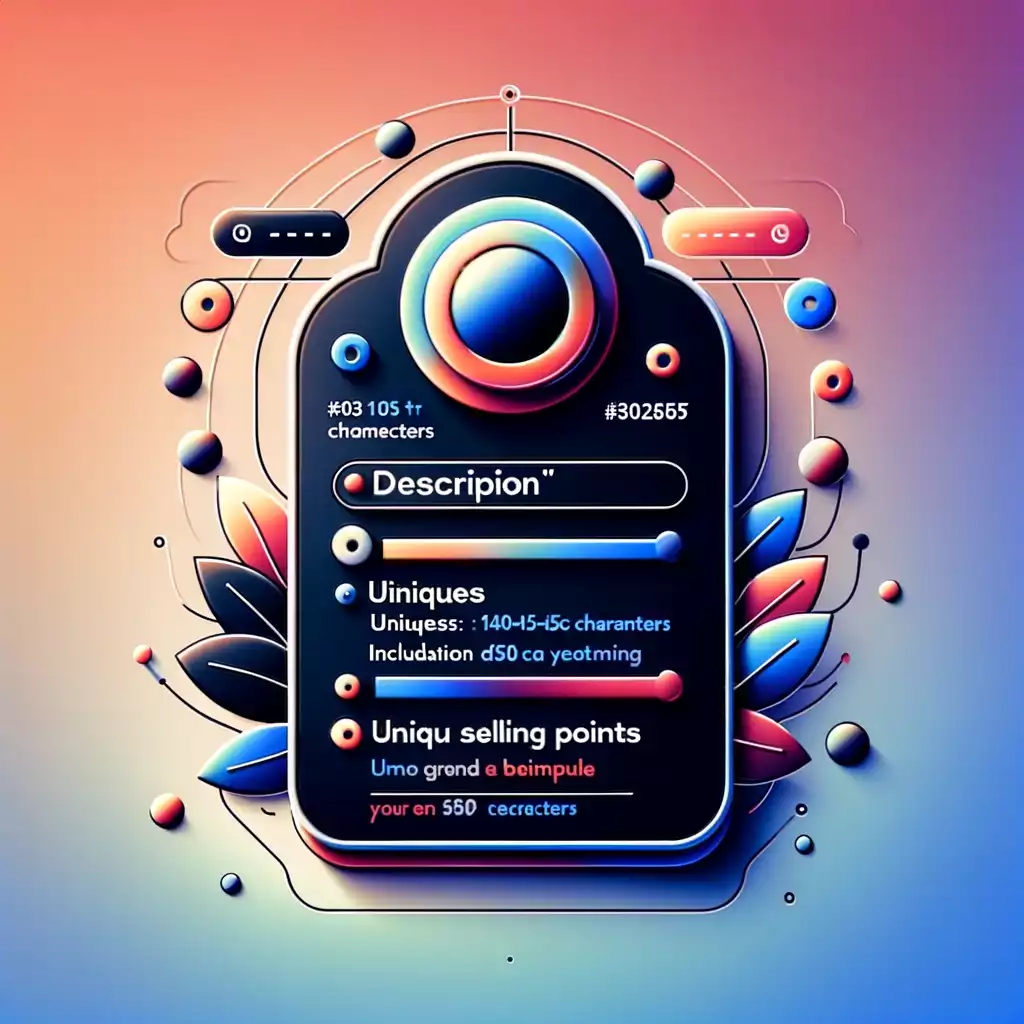What is an API and how does it make development easier? — Integration Basics
API (Application Programming Interface) is a set of tools, protocols, and conventions that allows different programs and services to interact with each other. In the context of software development, an API serves as a bridge through which applications can exchange data, functionality, and even computational resources. It is a key concept in software development that simplifies integration and accelerates the application creation process. It’s important to note that an API does not describe how an application is internally structured, but rather how external systems can interact with it. This not only simplifies development but also opens up opportunities for more flexible and scalable software architecture.
How Does an API Work? — Principles of Interaction
To understand how an API simplifies development, imagine how it works in everyday life. Let’s say you are using a mobile app to order a taxi. When you press the "order" button, the app sends a request through an API to a server, which then passes the data to a driver and returns information about the wait time. The entire process, from selecting the destination to finding the nearest driver, happens thanks to the use of APIs for integration with other services and systems.
An API operates on a request-response principle. The developer defines the actions the app should perform (e.g., fetching weather data or placing an order), and through the API, this data is transferred from one app or service to another. Each application knows how to interact with the API thanks to predefined rules and structures.
Types of APIs and Their Use in Development
There are several types of APIs, each designed to solve specific tasks:
Web API — This is a set of rules that allows programs to interact over the internet. Popular examples include Google Maps API and Twitter API. Web APIs allow the integration of external services into your application, such as displaying maps or fetching weather data.
Library API — These are sets of functions available in a library or framework that developers can use to simplify their work. An example of such an API would be libraries for working with images or videos.
Operating System API — These interfaces allow applications to interact with the operating system for tasks like file handling or accessing hardware components.Database API — These APIs enable applications to interact with databases and efficiently work with stored data. An example would be integrating with MySQL or MongoDB.
Each of these types of APIs plays an important role in simplifying development, allowing developers to focus on the core logic of the application rather than building everything from scratch.
How API Simplifies Development? Benefits for Developers
Reducing Development Complexity
One of the key advantages of using APIs is the reduction of development complexity. Instead of writing everything from scratch (e.g., authentication systems or mapping functionality), developers can integrate pre-built solutions via APIs. This saves a lot of time and resources, and also reduces the risk of errors, as many APIs are rigorously tested.
Reusing Code
APIs allow developers to reuse functionality that has already been created by others. For example, for sending SMS messages, developers can use third-party service APIs rather than building this functionality from scratch. This leads to time and resource savings and makes the application more reliable, as API services are usually specialized and optimized.
Scalability and Flexibility in Development
Using APIs, applications can easily integrate new features and services without changing their core structure. For instance, you can quickly add a new payment system or integrate an external analytics service simply by connecting the relevant API. This allows for quick adaptation to changes and maintains the flexibility of development.
Interoperability
APIs ensure that different systems, which may use different technologies and platforms, can interact with each other. For example, a website can integrate with a mobile app, and both can communicate with an external server through the same API. This simplifies the creation of multi-modal solutions that work across different environments.
Security
APIs often come with built-in security features, such as authentication and authorization (e.g., via OAuth). This helps protect user data and control access to certain functionalities of the system. Developers can focus on the logic of the application without worrying about data protection.
Real-Life Example: Integrating Payment Systems via API Let’s say you need to create an online store with payment functionality. Instead of developing a complex payment processing system from scratch, you can use APIs from well-known payment services like PayPal, Stripe, or Yandex.Kassa. These services provide ready-made solutions for transaction processing, and their APIs allow you to quickly implement payment processing in your store. You get a reliable and secure system without spending months on development and testing.The Role of APIs in Modern Development
APIs significantly simplify development by speeding up the process of creating applications and systems. By using APIs, developers can integrate ready-made solutions for commonly used functions, such as database interactions, user authentication, or payment processing. This allows them to focus on the unique logic of the application, reduces the number of errors, and accelerates time to market. With APIs, development becomes more flexible, scalable, and secure, making them an essential part of modern programming.
If you want to create efficient applications, speed up your development process, and reduce risks, learning about and using APIs is a step you should definitely take. APIs help developers integrate external resources and optimize project tasks, making your applications more powerful and user-friendly.
Other news














